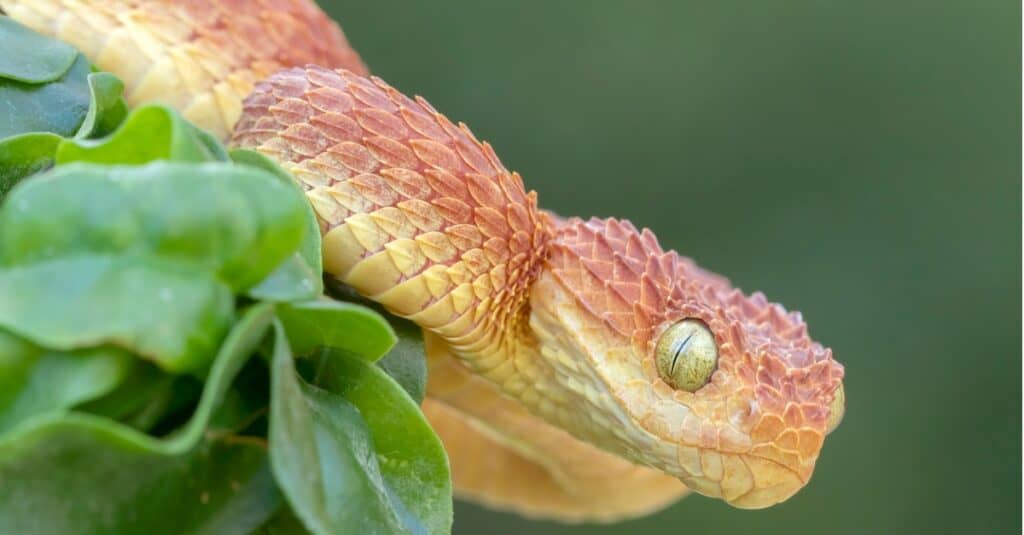Introduction
Tiger serpents (Notechis scutatus) are amongst one of the most interesting yet feared reptiles discovered in Australia. With their striking look and potent venom, these snakes stimulate a mix of awe and care. Observing tiger serpents in their natural surroundings can be an electrifying experience for nature fanatics, wildlife professional photographers, and researchers alike. Nevertheless, it's important to approach http://emilioifne996.wpsuo.com/eastern-brown-snakes-vs-tiger-snakes-recognizing-their-differences-and-threats this Habitat locations of Australia’s most venomous snakes endeavor with regard for the animal's environment and an understanding of safety measures to prevent serpent bites.
In this extensive overview, we'll explore exactly how to securely observe tiger serpents in their all-natural habitat. We will certainly cover topics varying from understanding their habits and habitats to first aid for snake attacks-- equipping you with understanding to improve your experience while reducing risks.
What is a Tiger Snake?
Tiger snakes are highly poisonous serpents native to Australia, especially Tasmania and seaside areas. They are known for their distinct banded coloration appearing like a tiger's stripes, which can range from yellowish-brown to dark brownish and even black.

Physical Characteristics
Tiger serpents are tool to large-sized serpents that can mature to 2 meters long. Their bodies are robust, and they have a wide head that is distinctly larger than their necks.
Habitat Preferences of Tiger Snakes
These reptiles usually inhabit wetlands, tidewaters, and seaside areas however can additionally be discovered near freshwater resources like rivers and lakes. Comprehending where these serpents live is vital for anybody eastern small-eyed snake aiming to observe them safely.
Understanding Tiger Snake Behavior
Are Tiger Snakes Venomous?
Yes, tiger serpents are amongst one of the most poisonous snake varieties globally. Their venom has neurotoxins that can lead to major medical issues if bitten.
Behavioral Traits
Tiger snakes are generally shy creatures; they choose to avoid human interaction. Nonetheless, they can come to be aggressive if threatened or cornered.
Where Can You Discover Tiger Snakes?
Tiger Serpent Habitat Exploration
To safely observe tiger serpents in their natural environment, it's important initially to identify where they flourish. They have a tendency to favor:
- Coastal marshlands Mangroves Swamps Riverbanks
Best Locations for Observation
Some advised areas consist of:
- Tasmanian wetlands The shorelines of southern Australia National parks with water bodies
Safety Safety measures Prior to Observing Tiger Snakes
Understanding the Risks of a Tiger Snake Bite
Although experiences with tiger serpents can be awesome, recognizing the threats involved is paramount:
Recognize signs and symptoms of a snake bite: swelling at the site, pain radiating from the bite area. Know emergency get in touches with: Acquaint yourself with local emergency services. Carry a first-aid set specifically outfitted for snake bites.First Aid for Serpent Bites: What You Need to Know
Knowing what steps to take if bitten can conserve your life or somebody else's:
- Stay calm; movement increases venom spread. Call for medical help immediately. Do not apply ice or effort suctioning.
How to Securely Observe Tiger Snakes in Their Natural Habitat
When you determine to observe tiger serpents in the wild:
Dress Appropriately: Wear lengthy pants and sturdy boots. Use Binoculars: Keep a secure range while observing these reptiles. Avoid Abrupt Movements: Quick activities might startle them. Stay on Established Trails: Avoid wandering right into dense underbrush where visibility is low.Equipment Required for Observation
Essential Equipment Checklist
- Binoculars First-aid kit particularly designed for snake bites Field guidebook on Australian reptiles Camera (with zoom ability)
Snake Bite Emergency treatment Set Essentials
A well-appointed emergency treatment package should include:|Item|Objective|| -------------------------------|-------------------------------|| Compression plaster|To debilitate the damaged area|| Antihistamines|For allergies|| Emergency call numbers|Quick gain access to throughout emergencies|
Interpreting Tiger Serpent Signals
Understanding how tiger serpents communicate with body language assists onlookers assess when it's secure or dangerous:
Common Behaviors
Defensive stance: If curled or raised off the ground. Retreating habits: When they gradually back away from prospective threats.Dealing With Potential Encounters
Even with precautions taken, an encounter may still happen throughout your observation trip:
Remain tranquility; panicking only increases risks. Slowly pull back without turning your back on the snake. Make your existence recognized verbally yet stay clear of sudden movements.Frequently Asked Inquiries Regarding Tiger Snakes
1. What should I do if I see a tiger snake?
Remain tranquility; observe from a range without troubling it.
2. Are baby tiger snakes dangerous?
Yes, adolescent tiger snakes are birthed poisonous and might posture threats comparable to adults despite being smaller.
3. Just how typical are tiger serpent bites?
While events occur every year in Australia, deaths are rare because of timely therapy availability.
4. Can I maintain a tiger snake as a pet?
Keeping wild tiger serpents as family pets is illegal in numerous regions as a result of conservation laws.
5. What does a tiger serpent attack look like?
Bite marks typically show 2 puncture wounds together with local swelling and discoloration.
6. Exactly how efficient is antivenom?
Antivenom therapy is very effective when provided prompt after a bite.
Conclusion
Observing tiger serpents in their all-natural environment provides an exciting chance for wildlife lovers yet have to be approached with caution and respect for both the creature and its setting. By arming yourself with expertise concerning these interesting reptiles-- including recognizing their actions and precaution-- you can take pleasure in remarkable experiences while dramatically decreasing dangers associated with encounters.


In summary, constantly prioritize safety by preparing sufficiently prior to embarking on any wild animals monitoring expedition-- especially when handling some of nature's most venomous animals like the tiger snake!